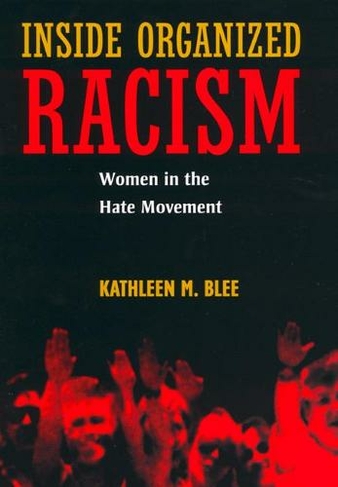
The work will prove a revelation to many. Members pursued their own agendas, whether their goals were merely social or involved militant battling for women's rights. Significantly, the WKKK was never a ``ladies' auxiliary'' of the male Klan. All were prejudiced against Catholics, Jews, blacks and the foreign-born. It embraced many right-wing conservatives, but also included liberals, even socialists. Blee, an associate dean at the University of Kentucky, shows that while membership in the WKKK was limited to native-born, white Protestants, it was actually far from monolithic.


In its first incarnation (1865-1872) the KKK was all-male, the instrument of ``violent masculinity protecting vulnerable femininity.'' Soon after it was revived in 1915, women, already active in the temperance and suffragist movements, began forming groups with Klan-like tenets in 1923 these groups developed into the Women of the Ku Klux Klan (WKKK), which lasted until the Depression and enrolled hundreds of thousands of recruits. Blee dismantles the popular notion that politically involved women are always inspired by pacifism, equality, and justice. Probably no future history of the Ku Klux Klan will be written without reference to this ground-breaking work. In Women of the Klan, sociologist Kathleen M.


 0 kommentar(er)
0 kommentar(er)
